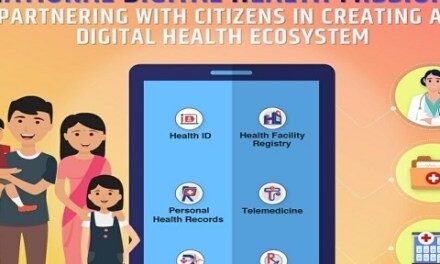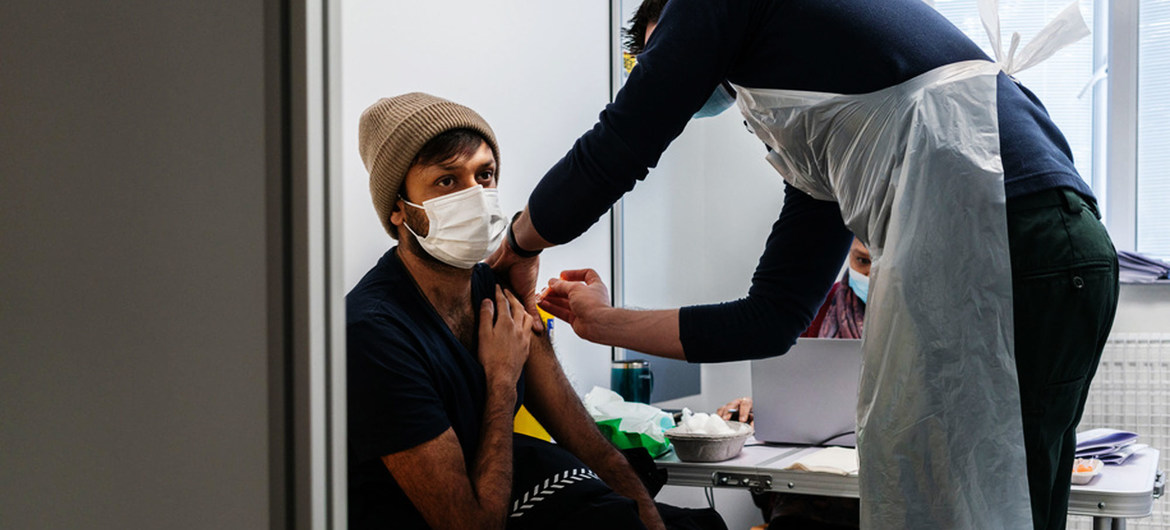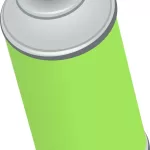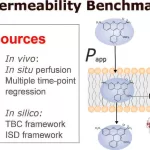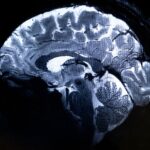Of the 10 million people estimated to have fallen ill with tuberculosis (TB) in 2019, nearly half million developed TB resistant to rifampicin (RIF), and over one million developed TB susceptible to RIF but resistant to isoniazid (INH). Drug resistance must be detected rapidly and accurately to initiate appropriate and effective treatment.
The detection of RIF resistance has improved significantly in the past decade with the introduction of rapid diagnostic tools based on DNA detection. The introduction of these tests has dramatically increased the number of TB patients tested for RIF resistance, leading to a 129% increase of individuals started on second-line TB treatment between 2012 and 2019.
The majority of patients with RIF-resistant TB can be detected by analysing the 81-base pair fragment of the rpoB gene region. However, the situation is not that clear for other anti-TB drugs due to the lack of knowledge of how phenotypic resistance is associated with mutations in the Mycobacterium tuberculosis (Mtb) genome.
In response to this issue the WHO has developed a catalogue of Mtb mutations in the and their association with phenotypic drug resistance. The catalogue provides a reference standard for the interpretation of mutations conferring resistance to all first-line and a variety of second-line drugs. The report summarises the analysis of over 38,000 isolates with matched data on whole genome sequencing and phenotypic drug susceptibility testing from over 40 countries for 13 anti-TB medicines. It lists over 17,000 mutations, their frequency and association with or not with resistance and includes methods used, mutations identified and summaries of important findings for each drug.
Tuberculosis laboratories around the world can use the catalogue as a support in the interpretation of genome sequencing results. The catalogue can also guide the development of new molecular drug susceptibility tests, including next-generation sequencing.

